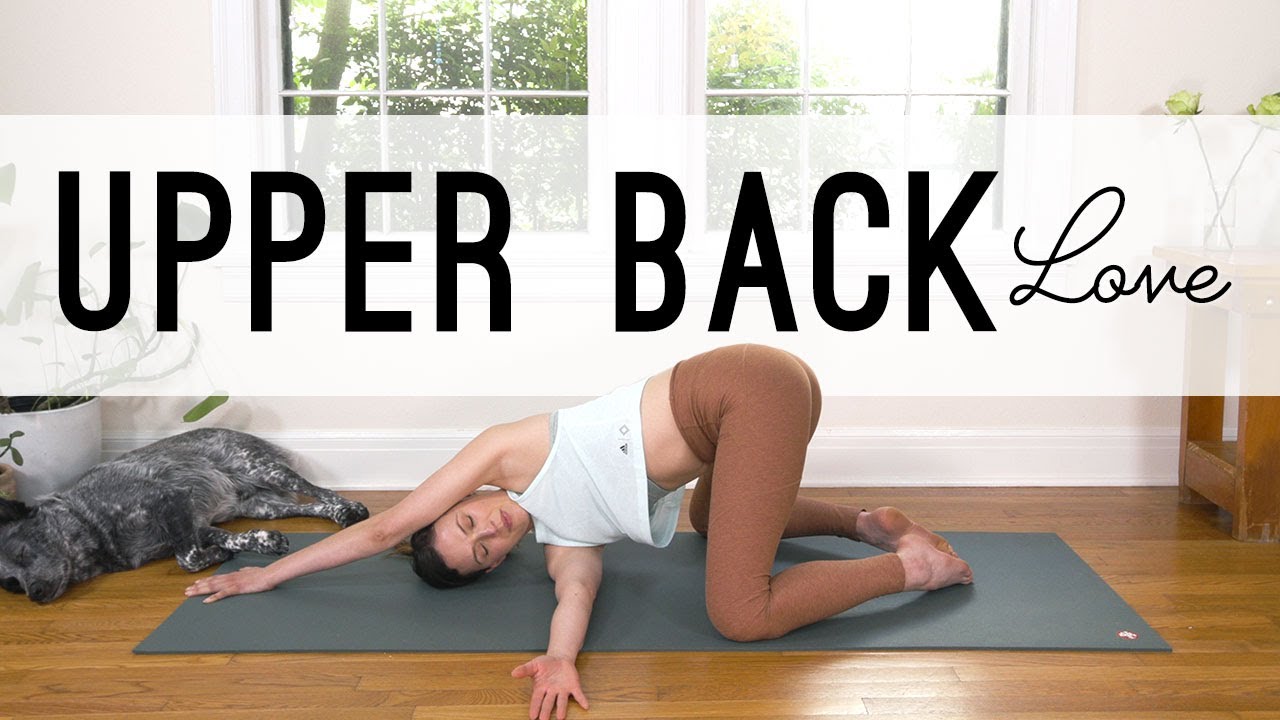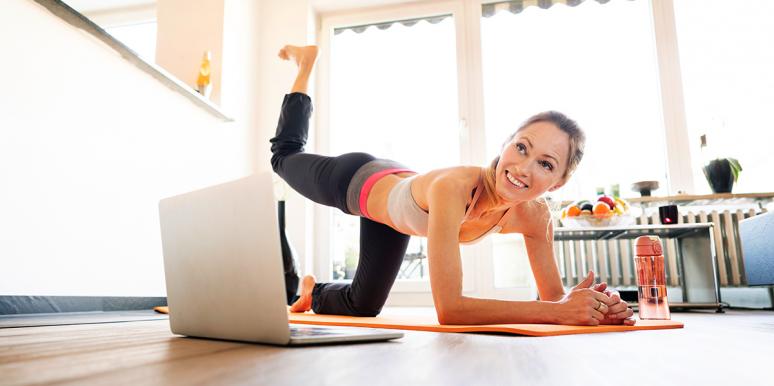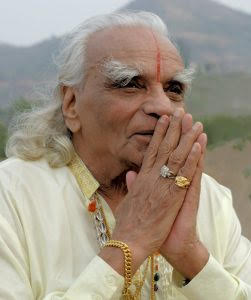
Yoga practice before and after running sessions can have many benefits. Deep breathing can activate the vagus nervous system. This helps conserve energy by slowing down the heart beat. This system blocks the sympathetic nervous systems, which are activated during exercise and can trigger stress responses. Deep breathing is a technique that improves blood flow to muscles. This helps maintain a lower heart beat and improves heart health.
Stretching during cardio
Although we hear a lot about the benefits of stretching during cardio exercises, it can be hard to determine if this type of exercise is actually beneficial. Stretching during cardio exercises improves blood flow to the muscles, allowing for nutrients and oxygen to reach them. It helps reduce the buildup of lactic acids, which can cause soreness post-workout. Although stretching is an important part of any exercise routine, some people find this activity more beneficial when it is combined with other types of exercise.
Your muscle will be strengthened when you do dynamic stretching. Dynamic stretching is a form of cardio training that mimics the movements you make during cardio. To illustrate, stand with your feet shoulder width apart and raise your right knee towards your chest. You can improve balance and strengthen your gluteus muscles by switching legs.

Dynamic stretching increases blood flow and muscle strength
Stretching is a great way to reduce soreness and increase circulation. This helps your body recover from exercising. Stretching also prevents the muscles from tightening during the exercise and keeps them loose and flexible. Stretches can also help to prevent injuries because they increase muscle range. A good stretching program should be performed before and during exercise to prevent injuries and over-stretching.
One of the most widely practiced yoga poses is the downward dog. This position stretches many muscles. It can be done on a mat or even against a wall. First, stand with your feet shoulder width apart. Next, bend your knees as if you were sitting in a chair. Then, lift your arms above your head. Performing this stretch will help your hips, gluteus, and hamstring muscles get a good amount of blood flow.
Downward dog extends hips, calves and hamstrings
It is a great way for you to stretch your hamstrings and hips while running. This position activates your entire core, using the glutes muscles and the back muscles. Start in downward dog and raise the right leg off the ground. Place your right foot on the ground and make sure your hips align. Take three deep breaths, then switch sides.
Downward dog is good for stretching the backside and especially the calves. It activates the core, lengthens and lengthens your spine. It helps runners improve their flexibility and prevent injury. You can do the downward dog on your back, or you can stand taller. You should always look forward when performing this yoga posture. This creates a balance between stability & flexibility.

Yoga strengthens and flexibly the soft tissues.
Yoga can be a great way to improve flexibility and strength in your soft tissues. You can reap many benefits by incorporating yoga into your daily routine. For example, it will help you to feel more mobile and can enjoy a wide range of sports. You'll feel better while moving. You might find yourself throwing a frisbee at the park rather than running or jogging.
Runners have tight hips, calves and hips. A regular yoga practice can improve the alignment of these muscles, which reduces injury risk. Regular practice will also strengthen a runner's core and improve flexibility in his or her hip flexors. Yoga can also improve your running form. Your running experience can be greatly improved by yoga. Here's how yoga prepares you for your next running race.
FAQ
Can yoga be used to manage pain?
People with chronic back pain may find yoga a helpful treatment. It improves flexibility, balance, strength and stress management.
Before starting a routine of yoga, as with all exercise programs, you should consult with your doctor.
How long should a yoga session be?
Yoga sessions last between 45 minutes- 1 hour. The type of yoga you do will affect the time taken. If you want to focus on strength-building exercises, 45-60 minutes would probably be sufficient. You may need to spend an hour if your goal is relaxation or meditation.
The length of your class also depends on which kind of yoga class it is. Some classes emphasize fast, intense movements while others are slow and deep.
Can I join classes with others?
This will depend on the class. Some teachers only offer private lessons. Others provide group classes where students can interact with one another.
Some studios offer small groups, called "classes inside a class", where you will be paired with someone who shares your interests and has the same goals.
Statistics
- According to calorie estimates calculated at Harvard Medical School, the average 125-pound person burns about 120 calories in a half hour of hatha yoga, and a 185-pound person burns about 178 calories in that half hour. (everydayhealth.com)
- A 2020 review of 27 studies (1,805 total participants) of yoga interventions in children or adolescents found reductions in anxiety or depression in 70 percent of the studies, with more promising results for anxiety. (nccih.nih.gov)
- The people in the yoga group were 37 percent more likely to have quit smoking by the end of the 8-week program. (nccih.nih.gov)
- In comparison, a 125-pound person is estimated to burn 135 calories in 30 minutes of walking (at a pace of 15-minute miles) and 210 calories bicycling at a moderate pace on a stationary bike. (everydayhealth.com)
- According to the Agency for Healthcare Research and Quality, falls are incredibly common among older adults in nursing facilities. Even the simplest ones can increase the risk of death (24). (healthline.com)
External Links
How To
Can I do yoga during pregnancy?
Being pregnant can impact your ability to perform certain poses safely. Before starting any new workout routine, you should consult your doctor.
However, you still have many options for poses to be done during pregnancy. These are some suggestions:
-
It is not a good idea to lift heavier than shoulder-level weights for pregnant women. Instead, consider dumbbells or resistance bands that are lightweight.
-
Avoid deep twists. This could put pressure on the belly.
-
You should avoid backbends, at least until you give birth. These can strain your lower back.
-
To deliver your baby safely, you should not be seated cross-legged or lying on your stomach.
-
If you are not cleared by your doctor to do inverted poses like headstands and handstands, don't try them.
-
Keep your practice time to no more than 30 minutes per day
You can do yoga during pregnancy as long as you're able to. Your doctor will advise you on when you are ready to practice yoga.